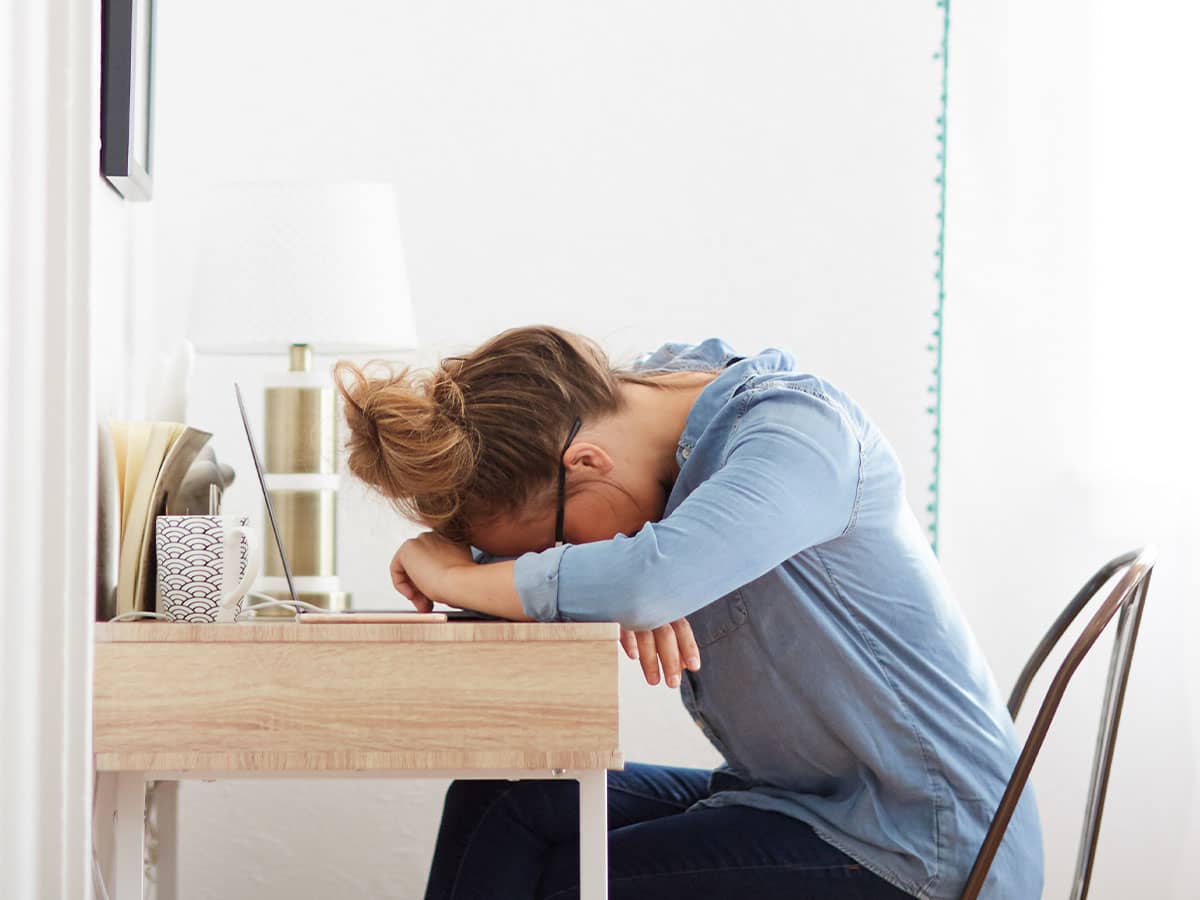Marilyn had a lumpectomy in December of 2001 and began chemotherapy in March. She said it occurred to her that "when women have life-changing events, they get together," and that her chemotherapy "was definitely a life-changing event." So she decided to throw herself a "chemo shower," sort of like a baby shower-but instead of booties and onesies, she asked good friends to bring fabulous hats, scarves, and earrings "because my hair was going on hiatus."
The ritual took place at the Jewish meditation center based at Marilyn's synagogue. A therapist friend acted as facilitator, starting the ceremony by ringing a bell and leading a guided meditation. She led the group of 25 women in a healing chant from the Jewish tradition. "It's based on the words that Moses spoke to God when Miriam was struck with leprosy," explains Marilyn. The translation from Hebrew is, "Please God, heal her."
Marilyn had many things she needed to express about how she felt, including resentment. She recalled, "I talked about how angry I was because this was the most healthy I'd been in my life, and because I found the lump while my doctor missed it. And I quoted Molly Ivins, who said, 'Breast cancer is a whole lot of no fun. First they mutilate you, then they poison you, then they burn you.'"
The women sat on cushions on the floor, and at one point, each woman took turns sitting on a cushion directly in front of Marilyn. The friends had been asked to bring one bead, and as they sat before her, they strung their bead on a necklace and spoke to her of their love and concern.
Beforehand, Marilyn had written psalms and prayers on small pieces of paper and placed them in a basket. Toward the end of the ceremony, each woman took one out and read it aloud. The entire ritual took less than an hour, but its healing power stayed with Marilyn for many months. Marilyn came away with a wardrobe of colorful earrings and head coverings, as well as a beautiful string of beads which she held through every chemo session.
Since her cancer treatments ended, Marilyn has been healthy. But she continues to use meditation and religious ritual to deal with all the issues of recovery, including fear of relapse. What exactly did the ritual contribute? "Physically, maybe I would be doing just as well without the ritual," says Marilyn. "But mentally, there is no question that this saw me through."
Marilyn's story reminded me of a painful period shortly after my mother's death, when I'd had surgery for skin cancer. I found myself drifting into a state of sadness verging on depression. I found it hard to keep working on my first book, despite an impending deadline, and I finally ordered myself to take a day off.
I made this a "day of healing" and gave myself permission to do things all day that I'd found comforting in the past. I spent hours studying an exhibit of an ancient culture at the Princeton art museum; took a long walk; and carried my neglected journal into a campus coffee bar, where I spent more than an hour pouring out my feelings into my notebook.
What shocked me is how quickly after this healing day, I started to feel my joy in life returning. I realized I could comfort myself with simple activities that meant a lot to me. Someone else's comfort rituals might include prayer, reading or writing poetry, strenuous exercise or a long, luxurious bath. Part of what helped me was actually focusing on what bothered me by writing it all down: until I gave space to this pain and invited it into my living room, it was NOT going to stop knocking on my door.
Now, when something throws me off balance and I get a hint that depression may follow, I consciously remind myself of these therapies, remember how they helped, and calm down. It's like knowing I've got a backup prescription of painkillers in the medicine chest should an old injury recur. But it's even better, because the remedy is within me.

